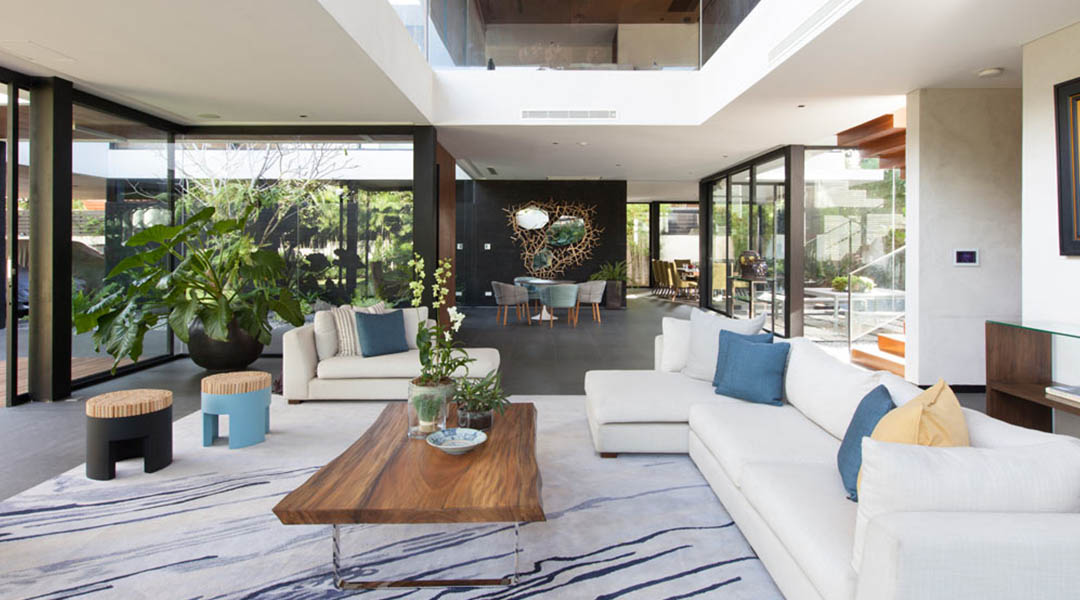
Power plants: How succulents breathe air and life into spaces
Days of isolation and the constraints of going out have compelled many Filipinos to pursue gardening, be it indoor or outdoor. A few online businesses have also resorted to selling gardening essentials such as seeds, pots, and even actual plants, with photos of plants and gardens dominating social media. Probably one of the most prominent lockdown plants are succulents, which are especially known for their ease of care and aesthetic appeal.
YOU MIGHT LIKE: Edible Landscaping 101: Creating abundant food sources in the midst of a pandemic
Plants for clean air
In 1989, the National Aeronautics and Space Administration (NASA) published a clean air study, specifying plants that assist in air purification. Together with the Associated Landscape Contractors of America (ALCA), NASA arrived at results which suggested that, apart from the usual absorption of carbon dioxide and releasing of oxygen through photosynthesis, certain indoor plants can also provide a natural way of filtering the air from pollutants. One of the valuable plants mentioned in this study is aloe vera, which is one of the most popular succulents. Integrated Sustainability Building Expert (ISBE) Architect Lui Daya-Garcia affirms the benefits of aloe vera, sharing her own experience. “I keep aloe vera on all my home’s bedside tables. I have a lot in my backyard and they can be used as first aid for wounds and/or sunburn, and even as hair conditioner. I personally use it as a natural inducer in my plant cuttings, too.” Sansevieria Trifasciata, commonly known as snake plant, also made it to NASA’s top list of plants. Daya-Garcia says that she has snake plants in many areas of her home and that they are very easy to grow. “Snake plants require little maintenance and are one of the best in addressing indoor quality.”

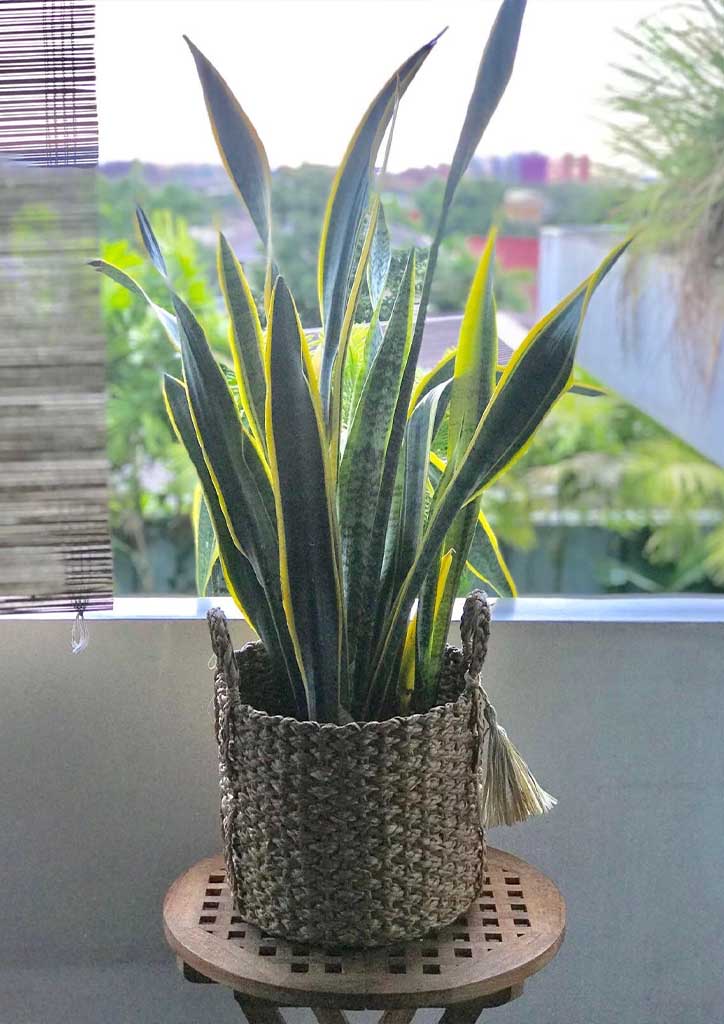
Probably one of the most used indoor plants for decades is the dracaena fragrans or corn plant, which is a flowering plant native in Africa. This succulent is prominent in tropical spaces and even houses, known for its air cleaning benefit. Apart from natural benefits, this plant also adds vibrance to spaces, given its distinct corn yellow stripe that contributes to home and office aesthetic. Daya-Garcia reminds that in order to reap the benefits of succulents, there is a need to properly take care of these plants. She notes that these plants are “watered only if the soil is already dry,” adding irrigation tips such as the use of collected rainwater and filtered gray water. “If unavailable, collect tap water in a pail and leave it for a few hours to allow the chlorine to evaporate. I usually water my succulents once a week, maximum twice a week.” The architect also recommends the use of vermicast watered-down tea steeped for a couple of days as monthly fertilizer. She cites that the best bet for effective succulents is to grow them in a pot of porous sandy potting soil, with coarse sand and perlite.
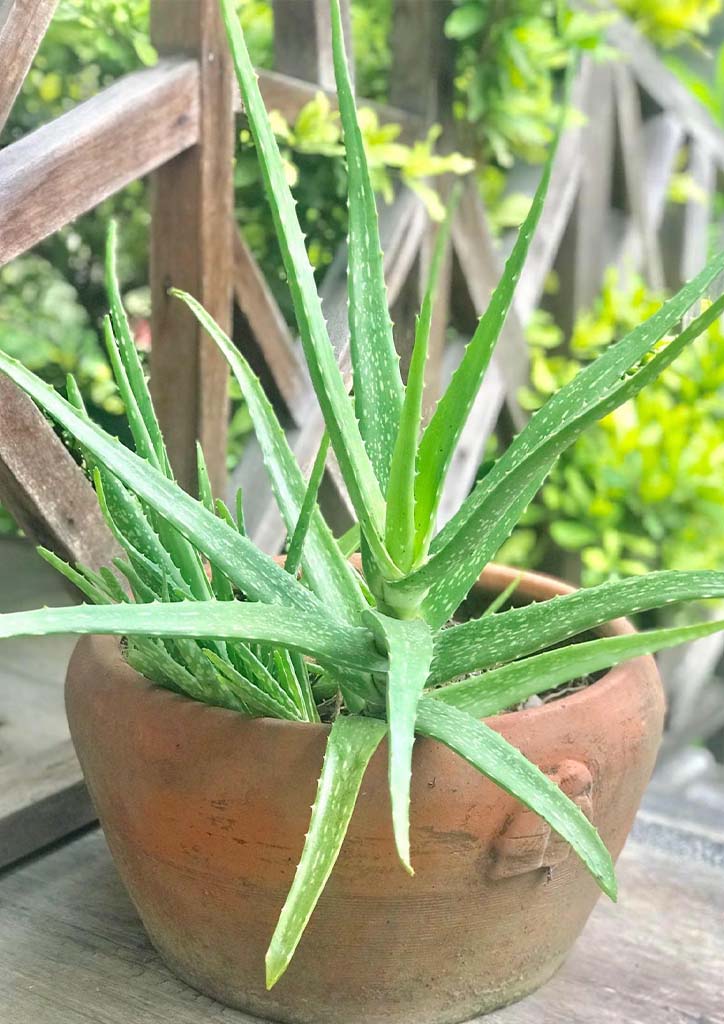

Succulents in spaces
The presence of succulents in interiors has been proven to have benefits not only for the users but for the entire space as well. “Studies confirm that they can absorb toxins which are off-gassed by furniture, paint, and other interior construction materials, such as benzene, formaldehyde, xylene, and toluene,” Daya-Garcia shares. She suggests that indoor succulents are best to keep on living spaces where family members stay in, such as bedside tables or workspaces. Potted and small succulents are often seen on tables, shelves, and dividers. Other people also decorate their homes and offices by creating terrariums, which are open glass containers with soil and small plants. Medium-sized succulents can be placed in empty corners of homes or office spaces to accentuate the cuts and edges of a design. Tall succulents can be incorporated in the middle of concrete space, balancing form and nature. The importance of integrating plants and green spaces into homes, offices, and buildings is to provide that sense of balance that will further demonstrate the beauty of the structure and utilize the benefits of nature.
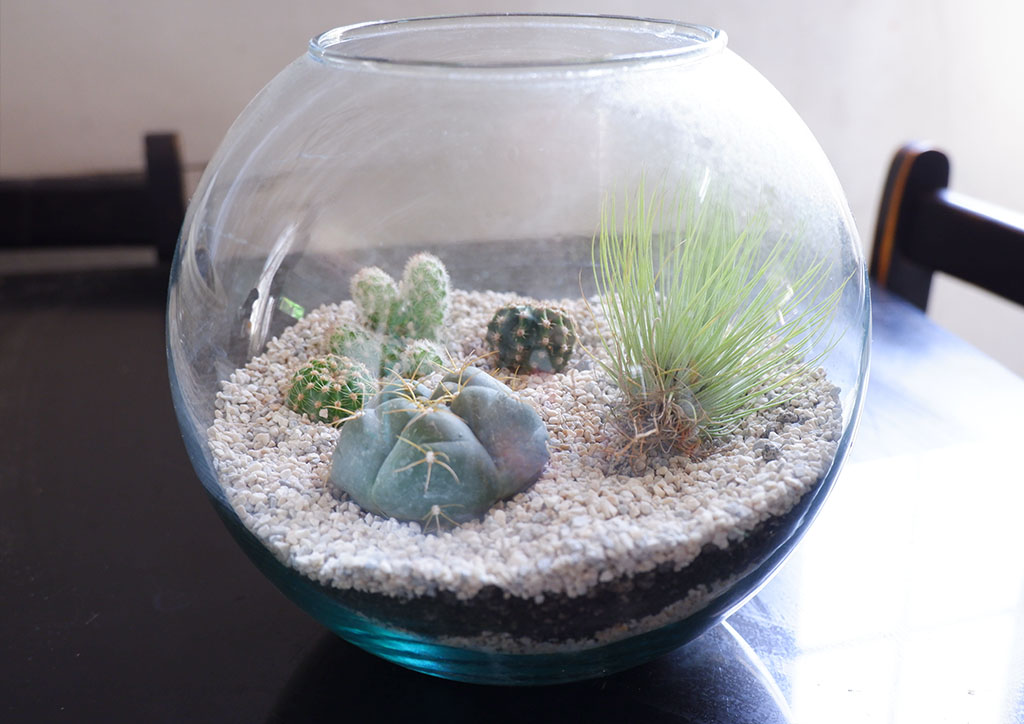
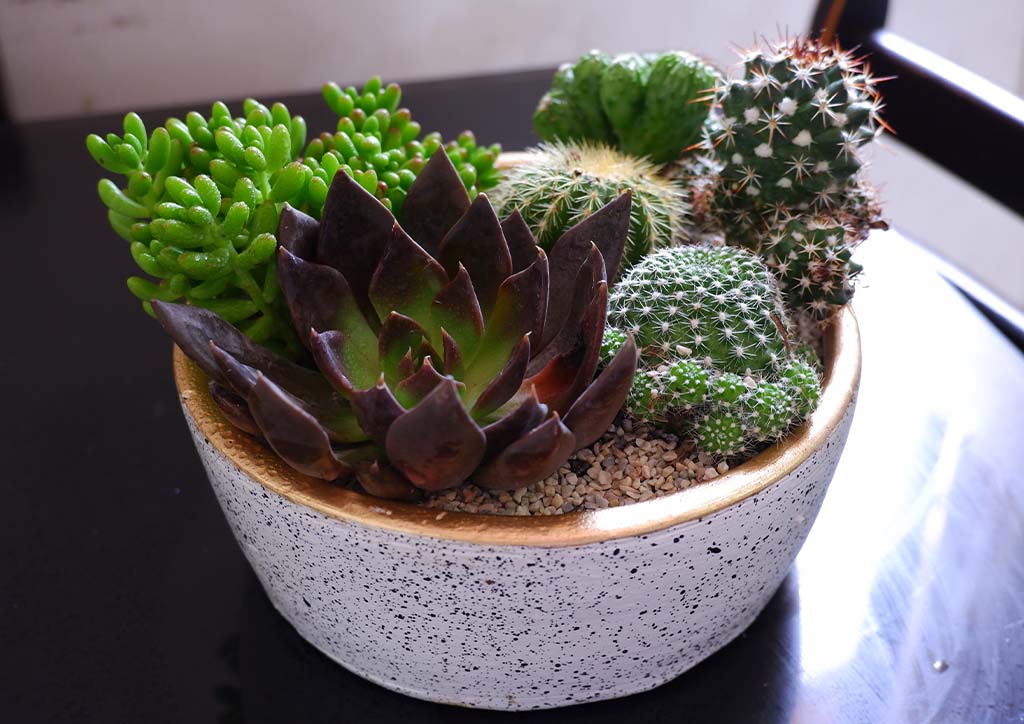
Daya-Garcia concludes that most succulents are air beneficial, just like any plants in air cleaning. “Just make sure that these succulents are away from pets or children as some may contain substances that can lead to an upset stomach when ingested,” she leaves as a reminder, adding that these plants are only mildly toxic. Although plants are known for their wide range of contributions to spaces, there is a need to nurture and strategically place them, never sacrificing safety for simple aesthetics.

READ MORE: Green is in: Indoor gardening for commercial and residential spaces


